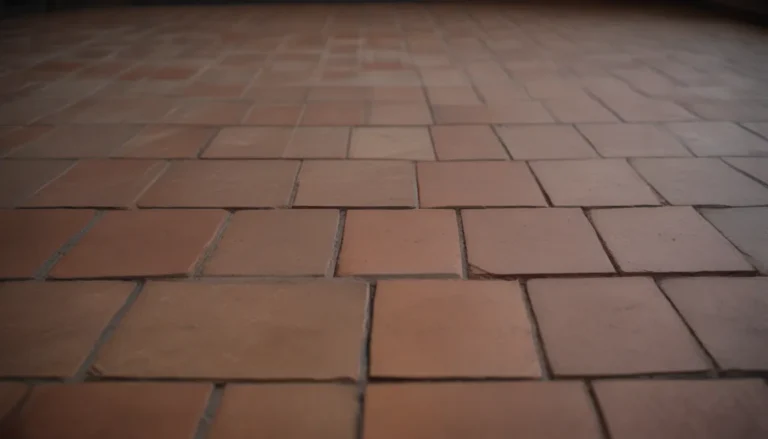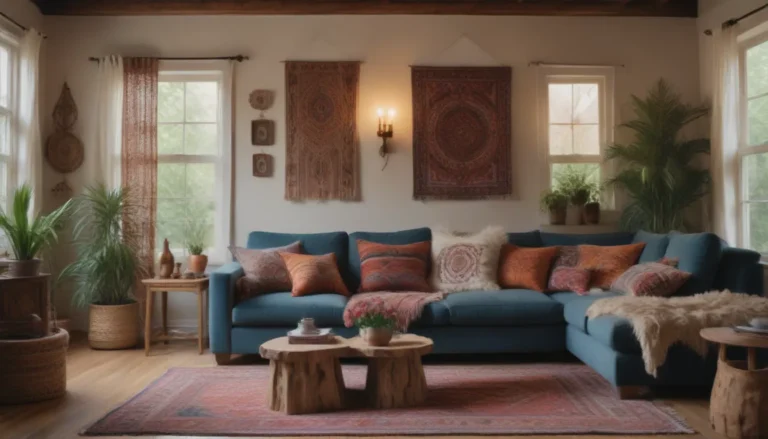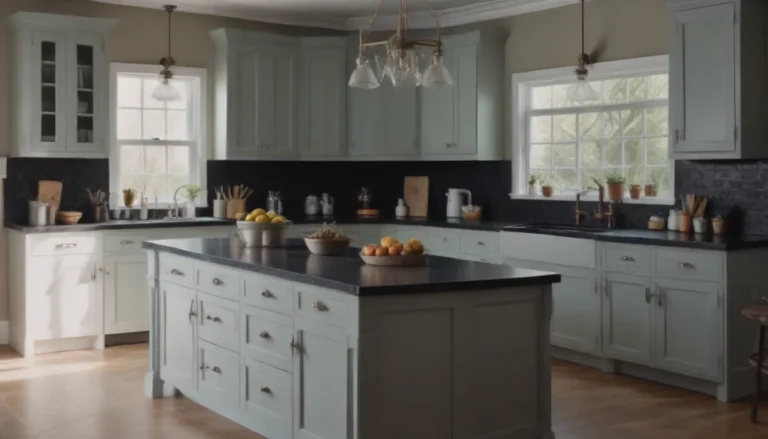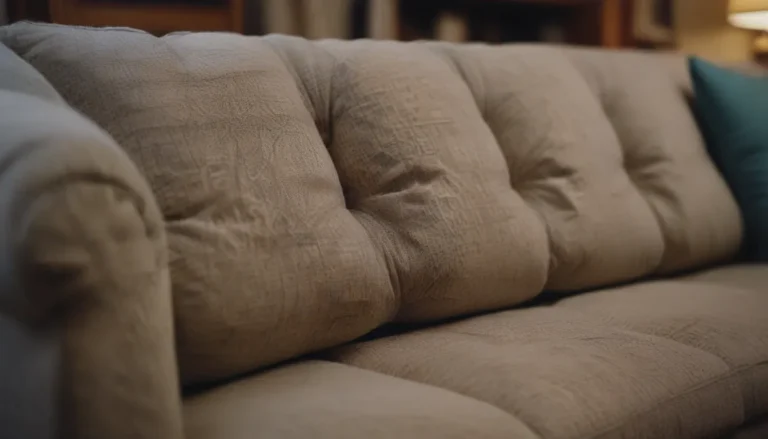The Ultimate Guide to Floor-to-Ceiling Windows
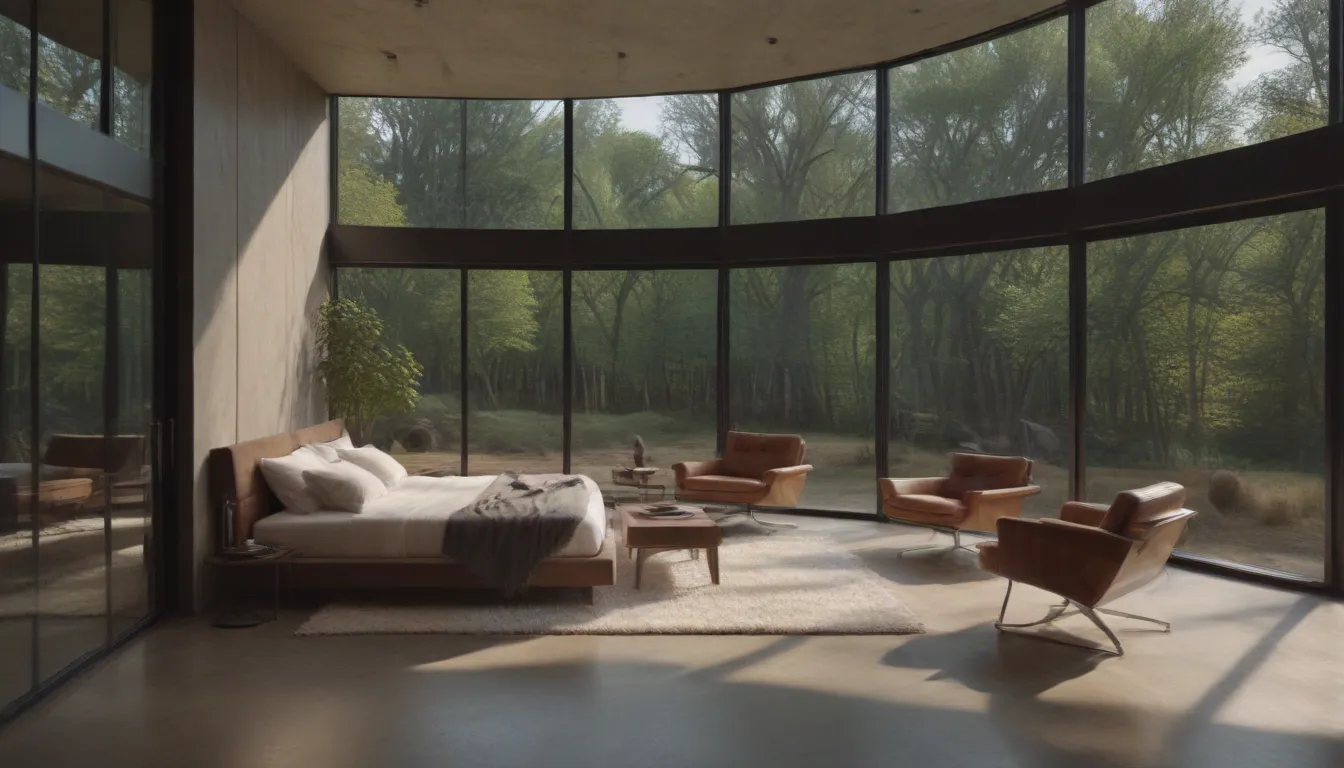
Are you considering adding floor-to-ceiling windows to your home? These stunning window walls can transform a space, providing abundant natural light and a seamless connection between the indoors and outdoors. But before you make the decision to install them, there are several factors to consider. In this comprehensive guide, we will explore everything you need to know about floor-to-ceiling windows, including the pros and cons, installation considerations, energy efficiency, cost, and alternatives.
The Pros and Cons of Floor-to-Ceiling Windows
Floor-to-ceiling windows offer numerous benefits, but they also come with drawbacks. Before making a decision, it’s important to consider both sides of the coin.
Pros:
- Abundant natural light to brighten a space
- Uninterrupted views of the outdoors, blending indoor and outdoor living
- Makes a room feel larger
- Operable windows allow fresh air to flow into the home
- Adds elegance and creates a focal point in a room
Cons:
- Exposure to natural light can fade fabrics, carpets, and furniture
- Loss of privacy without the addition of curtains or blinds
- Higher cost of installation compared to typical window styles
- Structural changes may be necessary to support large windows
- Greater risk of damage from vandalism or flying objects
- More glass to clean
Before committing to floor-to-ceiling windows, carefully weigh these factors to determine if they are the right choice for your space.
Considerations for Installing Floor-to-Ceiling Windows
When installing floor-to-ceiling windows, there are several important considerations to keep in mind. These include:
- Privacy: Consider your location and whether privacy is a concern, especially if you live in an urban area.
- Wall Space: Installing window walls may eliminate valuable wall space that could be used for storage or furniture.
- Location: Choose the right location in your home for optimal views and natural light.
- Window Type: Select the right type of window to enhance the look of your space, whether it’s large single-pane windows or geometric designs.
Additionally, energy efficiency, cleaning, safety, and the impact of natural light on furniture and fabrics should all be considered when installing floor-to-ceiling windows.
Energy Efficiency
Efficient windows are essential to reduce energy loss through floor-to-ceiling windows. While they provide natural light, it’s important to prioritize energy-efficient windows to maintain a comfortable indoor temperature.
Cleaning
With more glass comes more cleaning. Regular maintenance is necessary to keep your windows looking pristine and maximize the incoming light.
Safety
Consider adding drapery or blinds for privacy and security, especially if you live in an urban area where break-ins may be a concern.
Light
Enjoy the benefits of abundant natural light, but be mindful of potential fading on furniture and fabrics, especially if your windows face south.
How Much Do Floor-to-Ceiling Windows Cost?
The cost of floor-to-ceiling windows can vary depending on factors such as materials, size, window type, installation fees, and structural changes. On average, these windows may cost anywhere from $1,000 and upwards. Energy-efficient windows are a wise investment to prevent energy loss through large glass areas.
Consider the type of glass, frame materials (wood, fiberglass, or vinyl), and the need for thermal curtains to offset energy loss. By prioritizing energy efficiency and quality materials, you can ensure that your floor-to-ceiling windows are both functional and stylish.
Are Floor-to-Ceiling Windows Right for My Home?
Whether you have a modern, Victorian, or colonial-style home, floor-to-ceiling windows can enhance any architectural style. They make spaces look bright and airy, perfect for small rooms or areas where natural light is limited. However, ensure you have adequate wall space and consider the impact on your home’s overall aesthetic before installation.
Alternatives to Floor-to-Ceiling Windows
If floor-to-ceiling windows aren’t the right choice for your home, there are alternatives to consider. Clerestory windows, picture frame windows, or sliding glass doors can provide light and a connection to the outdoors without the drawbacks of full window walls. Explore these options to find the best fit for your space and style.
In conclusion, floor-to-ceiling windows are a luxurious addition to any home, offering unparalleled views and natural light. While they require careful consideration and investment, the benefits they provide can make them a worthwhile choice for homeowners who value aesthetics and functionality. By weighing the pros and cons, considering installation factors, and exploring alternatives, you can make an informed decision about whether floor-to-ceiling windows are right for your home.
